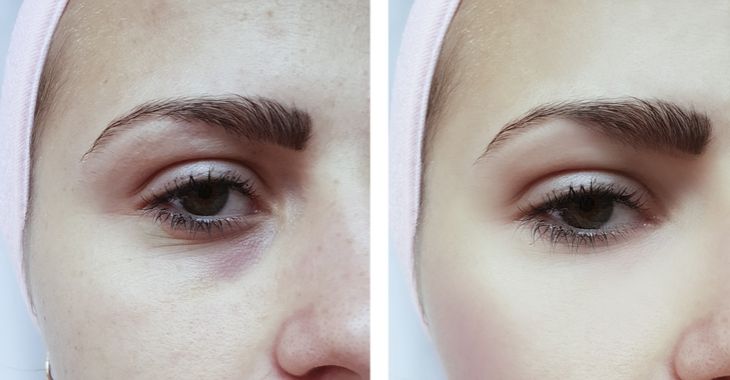Eyelid Lift Information
An eyelid lift (Blepharoplasty) is done to repair sagging or drooping upper eyelids. Eyelids droop over time with age and gravity, but certain people are more prone to early drooping eyelids from heredity or disease. As people age, their vision can become impaired by significantly drooping eyelids, thus needing an eye lift. Other people, however, simply want to improve their appearance and elect to have an eye lift to regain a more youthful appearance.
To the surprise of many, an eyelid lift is most often done while a patient is awake. Patients are given a medicine to help them to relax. A numbing medicine is injected around the eye so that no pain is felt during the surgery. A surgeon will make tiny incisions into the natural creases, or folds, of the eye so that any scarring will be hidden naturally. Loose skin and extra fat tissues are removed and the eyelid muscles are then tightened. Once the surgeon has completed his surgical procedures, the incisions will be closed with stitches.
Because an eyelid lift is an outpatient procedure, all of a patient’s healing will be done at home. An ointment will be given to cover the eyes and eyelids and a bandage will be applied to cover the surgical areas. Eyelids may feel tired and sore after the numbing medicines wear off, but the discomfort is easily managed with pain medication. Cold packs can be used to help reduce pain and swelling. Stitches will be removed within 7 days after surgery, but some bruising may last up to two weeks. Avoiding rigorous sports and strenuous activities that raise the blood pressure will help to decrease the healing time.
Talk with your doctor about any medical problems or surgical history that you have had to prevent any risks associated with an eyelid lift. Once it’s determined that you are a candidate for Blepharoplasty, your more youthful appearance is just a procedure away.
Posted on behalf of Dr. John Kayal, Northwest Georgia Dermatology
The information provided on this website, including text, graphics, images, and other materials, is intended solely for informational purposes and should not be used as a substitute for professional medical advice, diagnosis, or treatment.

)